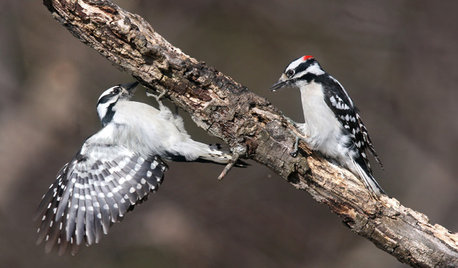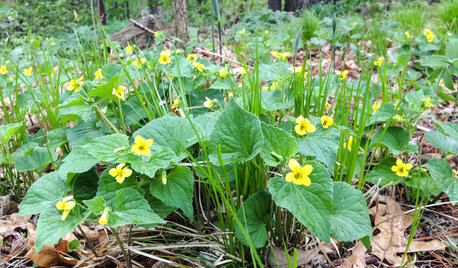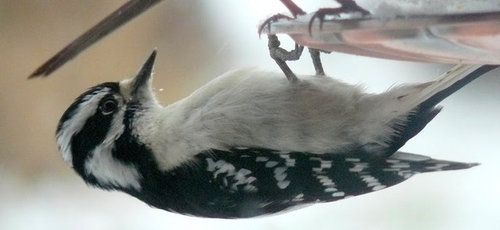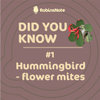Downy or Hairy?
gldno1
14 years ago
Related Stories

GARDENING FOR BIRDSBackyard Birds: How to Identify Two Common Woodpeckers
Downy and hairy woodpeckers have similar coloration and behavior. But there are two big differences that separate them
Full Story
GARDENING GUIDESGreat Design Plant: Viola Pubescens Dots Woodlands With Yellow
Plant downy yellow violet in eastern U.S. woodland gardens for its heart-shaped leaves and bright yellow flowers
Full Story
GARDENING GUIDESInvite Mining Bees to Your Garden by Planting Their Favorite Plants
Look for mining bees (Andrena) pollinating woodland wildflowers in U.S. gardens this spring
Full Story
GARDENING GUIDES13 North American Backyard Birds to Know
Find out about these enchanting native species and learn how to attract them to your yard
Full Story





rachel_frome_ky
lazypup
Related Discussions
Woodpeckers In The Garden
Q
Birdfeeder Photos mid-Jan Illinois
Q
Downy Woodpecker?
Q
Help with Woodpecker ID
Q
kendra2003
gldno1Original Author
donald lucius
brit5467
brit5467
lazypup
dzyg
brit5467
lizbeth_pa
brit5467
lazypup
brit5467
gldno1Original Author
donald lucius
dzyg
lizbeth_pa
lazypup
brit5467
chickadeemelrose
donald lucius
claireplymouth z6b coastal MA
lazypup
dzyg
lazypup
dzyg
brit5467
donald lucius
kendra2003
lazypup
donald lucius
sowngrow (8a)
hindernone